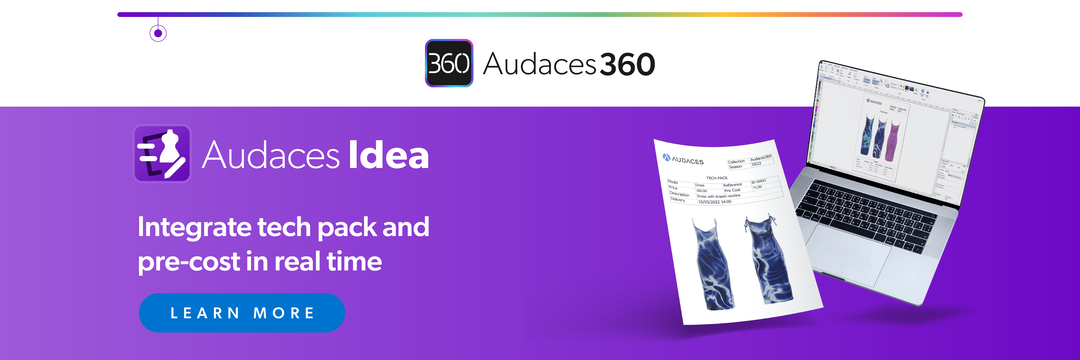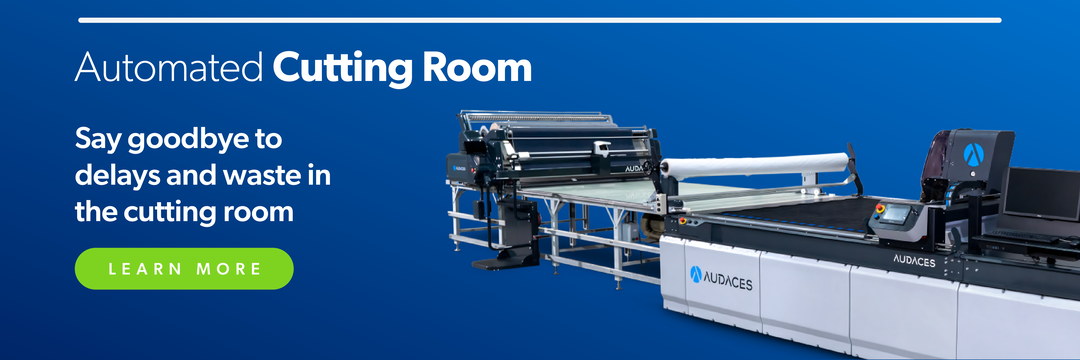Summary
- In the fashion industry, things move fast, putting production planning at the heart of every successful business.
- Without it, deadlines slip, costs rise, and customer demands are not met. This leads to dissatisfaction and lost revenue, outcomes we all seek to avoid.
- Looking for smart production planning? Count on Audaces360 technology. Start your free trial now!
For production managers, it’s a daily challenge to balance speed, quality, and efficiency in production planning.
Trends change, orders fluctuate, materials don’t always arrive on time. That’s why solid planning is not just helpful. It’s essential!
In this article, you will find five strategies to help you. These tips will give you the tools to better organize, prepare, and respond to the demands of your production.
Happy reading!
Sumário
Why is production planning essential for your apparel business?
Production planning empowers apparel businesses to organize work and use resources in the most efficient way. Without planning, production can face delays and waste.
Proper arrangement ensures the availability of materials and labor at the required times. It facilitates meeting deadlines and maintaining customer satisfaction. Furthermore, it aligns demand with supply.
Organization also helps lower production costs. It makes sure that your company is spending money wisely, improving profits and reducing waste.
In short, production planning gives structure to your business. It helps you work smarter, faster, and with fewer errors.
What is production planning?
Production planning organizes how and when businesses make products. It helps teams plan and schedule work on time.
It covers many parts of the production line. From choosing raw materials to setting work shifts, everything is planned in detail.
It’s important to notice that there are different types of production planning. Some companies make products in bulk, for example, while others in small batches. That’s why each manufacturer needs its own strategy.
With production planning, teams know what to do and when to do it. It avoids confusion and delays, giving autonomy to employees.
In simple terms, production planning keeps everything running smoothly. It helps turn ideas into products ready for customers.
Learn more: 5 strategies to optimize your production with efficient fashion
What are the goals of production planning?
The goals of production planning vary depending on the specific type used. However, these objectives are common to all of them:
Optimize processes
One key goal is to optimize processes. This means constantly improving performance to save time and resources.
When you optimize the way your company works, the manufacturing process becomes faster and more reliable. It helps workers focus on what matters most, removing extra steps that slow production down.
In the end, better processes lead to better results.
Learn more: 4 key steps to streamline your fashion production process
Reduce costs
Another goal is to reduce costs. Good planning helps avoid waste and lowers expenses.
When you choose the right production methods, you use less material and energy. This makes your products cheaper to make.
Lower costs also allow you to offer better prices to customers. The result is that you can improve your profit margins to stay competitive in the market.
Increase efficiency
An effective plan allows you to assign tasks based on priority, preventing bottlenecks and maintaining a steady production flow. With a structured workflow, you can minimize delays.
Providing clear guidelines also enables teams to work faster and more accurately. When employees understand their roles and responsibilities, you avoid confusion, leading to fewer mistakes.
Moreover, technology enhances efficiency by tracking progress and adjusting schedules automatically. Production planning software maintains smooth operations, ensuring time delivery.
Discover how to maximize your production with 4 additional, exclusive tips. Download our free resource now!
Forecast demand
Planning enables businesses to predict future needs by looking at past trends. Analyzing demand patterns enables the prevention of both shortages and overproduction.
Accurate forecasting plays a major role in inventory management. Stocking the right amount of materials reduces storage costs and prevents excess inventory from going to waste.
In addition, data-driven decision-making allows businesses to respond quickly to market changes. Companies that adjust efficiently remain competitive and ready for growth opportunities.
Learn more: 5 fashion production performance indicators to monitor
Ensure goal achievement
Aligning operations with business goals creates a clear roadmap for success. Setting defined targets helps teams stay focused and work toward common objectives.
Clear production planning improves efficiency by minimizing downtime and maximizing output. With steady progress, companies can consistently meet their objectives.
Master production schedules provide a detailed overview of performance, showing completed tasks and pending work. This visibility allows managers to make timely adjustments and improve results, leading to long-term success.
Prevent issues like delays and losses
Anticipating potential risks helps businesses prepare solutions in advance, reducing the likelihood of costly disruptions.
Establishing clear schedules minimizes delays, ensuring that production stays on time. With well-planned steps, businesses can maintain customer satisfaction and avoid missed deadlines.
Make this your mantra: effective production planning is essential for any manager. With the right plan in place, your work will become more structured, leaving you free from constantly putting out fires.
How to create a production plan for your manufacturing business?

Creating a production plan is important to running a successful manufacturing business. A structured plan helps manage resources, streamline operations, and meet customer demands.
Here are 5 strategies for flawless production management:
1) Define production capacity
Understanding production capacity is the first step. Businesses need to assess how much they can produce within a given time.
For this, knowing machine and labor capacity is crucial. It determines how much work your team can do daily. You can then plan production without overloading resources.
Material availability also affects capacity. A steady supply of raw materials ensures continuous workflow. Without it, you might delay your finished goods.
Setting realistic production goals prevents bottlenecks. Businesses should align output with available resources, keeping operations smooth and cost-effective.
Learn more: How to boost production capacity in fashion manufacturing?
2) Organize production stages
A structured production process undoubtedly improves efficiency. However, to achieve this, you must clearly define each step, from raw material handling to final assembly.
Clearly defined roles and comprehensive training are also essential for workers at each production stage. This ensures accurate task execution and, ultimately, consistent product quality.
Moreover, optimized sequencing minimizes downtime. A seamless flow between phases ensures consistent output and accelerates delivery times.
3) Set start and end dates for activities
Setting clear start and end dates keeps the process on track, ensuring that every step is ready on time.
But you must keep it realistic. Consider potential issues like machine maintenance or material shortages for better planning and fewer disruptions.
Time buffers also help absorb unexpected delays. This means including extra time for each stage for reduced stress.
So, prioritize tracking to maintain schedule adherence. Routine assessments facilitate timely activity completion, allowing for rapid corrective actions when deviations occur.
4) Automate processes
Automation provides strategic advantages in manufacturing. It accelerates repetitive tasks, enhancing productivity, and utilizes real-time data for optimized scheduling.
Automated inventory management ensures material availability, mitigating stock outs. Meanwhile, early defect detection through automated quality control minimizes waste and maintains rigorous product standards.
Consequently, businesses achieve cost reductions and long-term growth through strategic technology implementation.
Learn more: How to achieve cleaner production in clothing manufacturing
5) Monitor and adjust the schedule
Effective production planning hinges on continuous monitoring. To ensure adherence to schedules, regular assessments are vital, enabling the early detection of potential issues.
Proactive adjustments to unforeseen disruptions, such as equipment malfunctions or material delays, are crucial for maintaining operational stability.
Furthermore, data-driven analysis facilitates ongoing refinement of schedules, enhancing overall efficiency.
Ultimately, a flexible and adaptive approach ensures consistent output, maximizing customer satisfaction and operational continuity.
How does technology streamline production planning in fashion businesses?
Technology plays a major role in fashion manufacturing. Digital tools help plan, track, and optimize production.
Software solutions integrated with manufacturing equipment enable real-time progress tracking. This automatically leads to a much more effective textile output, as it helps managers make quick decisions.
Beyond immediate efficiency gains, the strategic implementation of technology fosters a more agile and responsive supply chain.
Learn more: How can a good cutting plan transform your production?
Automate your production planning with Audaces systems

Audaces360
Audaces360 integrates cutting-edge digital innovations to optimize workflows in the textile and apparel industry.
It caters to companies of all sizes and types, offering the flexibility to scale with your business needs.
All solutions were carefully developed to address the specific challenges of the field. They streamline the design and production processes, saving valuable time and resources.
The platform boasts a comprehensive range of functionalities, including pattern making, marking, collection management, vector drawing, and 3D creation.
In addition, a fashion Artificial Intelligence to assist you along the way.
Audaces Cutting Room
By embracing cutting-edge technology, garment manufacturers can achieve significant improvements in the production process. From greater design flexibility to enhanced efficiency and reduced costs.
This is where Audaces Cutting Room steps in! Our experts will thoroughly assess your company’s needs and create a comprehensive report.
Then, our team will develop a personalized project to achieve your goals and unlock your company’s full potential.
Rely on Audaces’ cutting-edge machinery to automate your production process. Achieve impeccable cuts on curves and details, speeding up your deliveries and minimizing fabric waste through automation.
Was this article helpful? Get our latest content first by subscribing to the Audaces newsletter!
FAQ
Production planning empowers apparel businesses to organize work and use resources in the most efficient way. Without planning, production can face delays and waste.
Production planning organizes how and when businesses make products. It helps teams plan and schedule work on time.
Optimize processes, reduce costs, increase efficiency, forecast demand, and ensure goal achievement.










